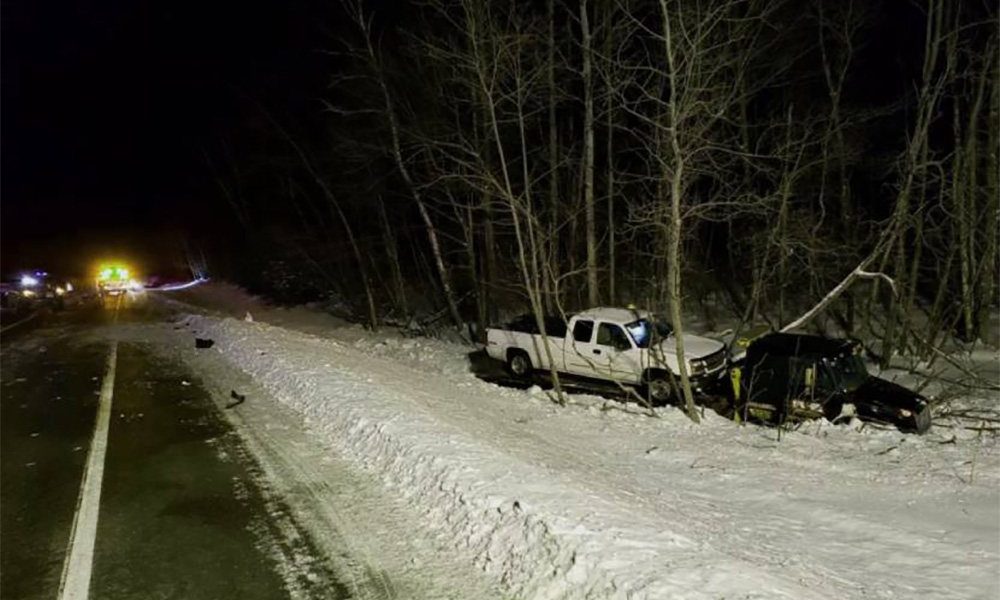First aid skills are vital for life-saving during a car accident. Knowing how to react during an accident and applying first aid could save someone’s life. It’s important to update this knowledge before we take a long road.
In the first part of this article, we have already discussed 4 of the most common first-aid skills that everyone should know:
- First Aid guide for a stopped heart;
- First Aid guide for bleeding;
- First Aid guide for burns;
- First Aid Guide for frostbite.
In the following paragraphs, you will find similar guides on how to apply first aid for other injuries and dangerous physical states.
How to Perform First Aid for Choking
Choking is a very dangerous state, especially for small kids. It can happen while you are driving and don’t look at what kids from the back seat put in their mouths. There are some signs that show a person is choking: gagging, gasping, or wheezing. But sometimes the person’s face becomes blue without any other signs of choking.
The best way you can help a choking person is by using the Heimlich maneuver. This is a series of abdominal thrusts that can help dislodge the thing a person is choking on. To perform this technique, you have to stand behind the person and lean him slightly forward.
Then put your arms around the person’s waist. You have to clench your fist and place it between the belly button and rib cage. To perform the movement with more support you need to grasp your fist with your free hand.
Only after you can start pulling your clenched fist sharply backward and upward under the person’s rib cage. Use 5 quick thrusts and repeat the technique until the object is coughed up.
Keep in mind, this technique can be performed on adults and bigger children. If you want to save a baby from choking there is another technique.
First Aid for a Fracture – What to Do
Fractures are the most common injuries caused by car accidents. Usually, they can’t be seen without an X-ray, but this doesn’t make them less painful. There are a few important first-aid steps to take care of a broken bone until the person gets to the hospital.
- Treat the bone in the position it’s broken. Don’t try to straighten the bone.
- Always use a splint or padding to keep the bone still, then elevate it.
- If you have handy something cold, put it on the piece of cloth and then on the fracture.
This will release the pain until the ambulance takes care of the injured person.
How to Perform First Aid for Bee Stings
During hot summer days when you drive with open windows, bees can access your car and bite some of the passengers. This might not seem like a big deal, but it is especially if the person is allergic.
Here is the list of the most common allergic reactions after bee stings:
- Swelling starting form from the area that was stung. This is very dangerous especially when the stung is on the neck.
- Itching in the stung area and becoming red.
- Anaphylaxis – sings are hives, swelling, chest pain, confusion, sweating, blue lips and nails; and trouble breathing.
If the person reveals some of these symptoms you should call 911 or get him/her to the hospital as soon as possible. There are some actions you can do after the string to prevent form worst health consequences:
- Get the stinger out immediately;
- Wash the stung area with water and soap;
- Put something cold on the affected area;
- Use Tylenol if you have one.
First Aid for Sprains – The Most Important Steps
Sprains are common injuries for kids, that’s why if you are a mother you have to know how to take care of them. These injuries tend to happen in the ankles and wrists. If you have any doubt about whether a bone is sprained or broken it’s better to go to X-ray.
Taking care of the sprains starts with the cessation of any physical activity. Sprains often don’t require emergency treatment but there are some actions everyone can take to help to injured person:
- Act gently and keep the limb as still as possible;
- Put a cold pack on the injured area;
- Elevate the injured part by using a splint or padding;
After the person stays like this for a while the pain will probably disappear. If not, better go to the hospital where the doctors will take professional care of the injury.
If you want to improve your first aid skill is a good idea to take a first aid training course. This knowledge is underestimated by many drivers, but this is one of the most important things to know when you sit behind the wheel.
When you don’t know how to perform first aid is better not to take any actions, because you can make the situation worse. In these cases, always call 911.

My name is Rebecca McCarthy and I am an American girl with British heritage residing in the beautiful city of Nashville, Tennessee. I have always had a keen interest in cars, particularly brand new ones that showcase the latest technology and design features. I am also passionate about travelling and experiencing new cultures, as well as enjoying hot summer days with friends and family.



